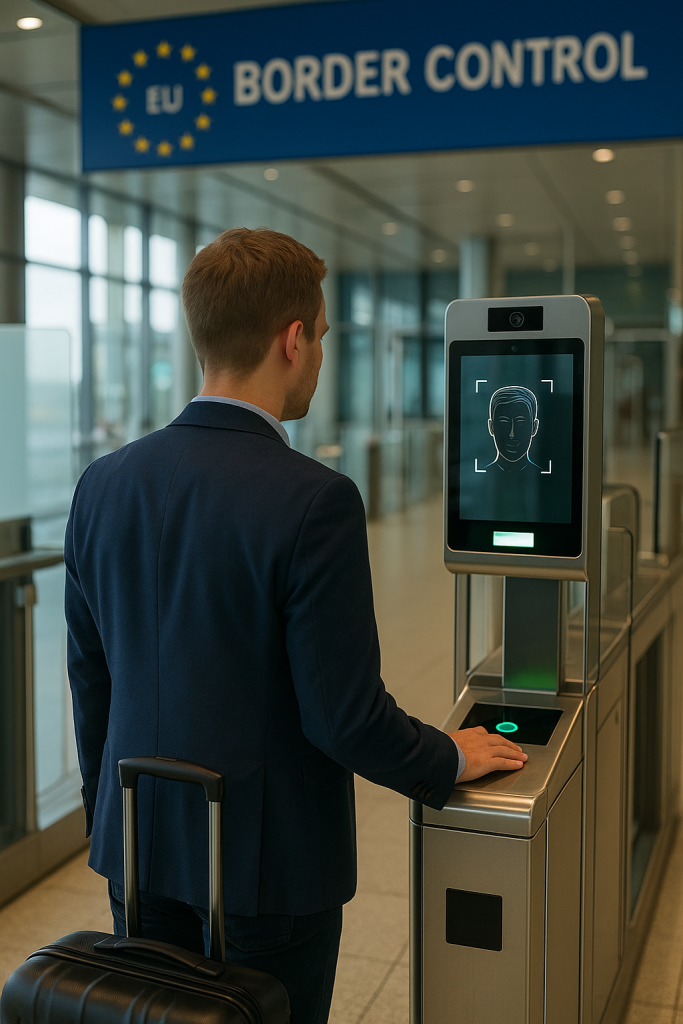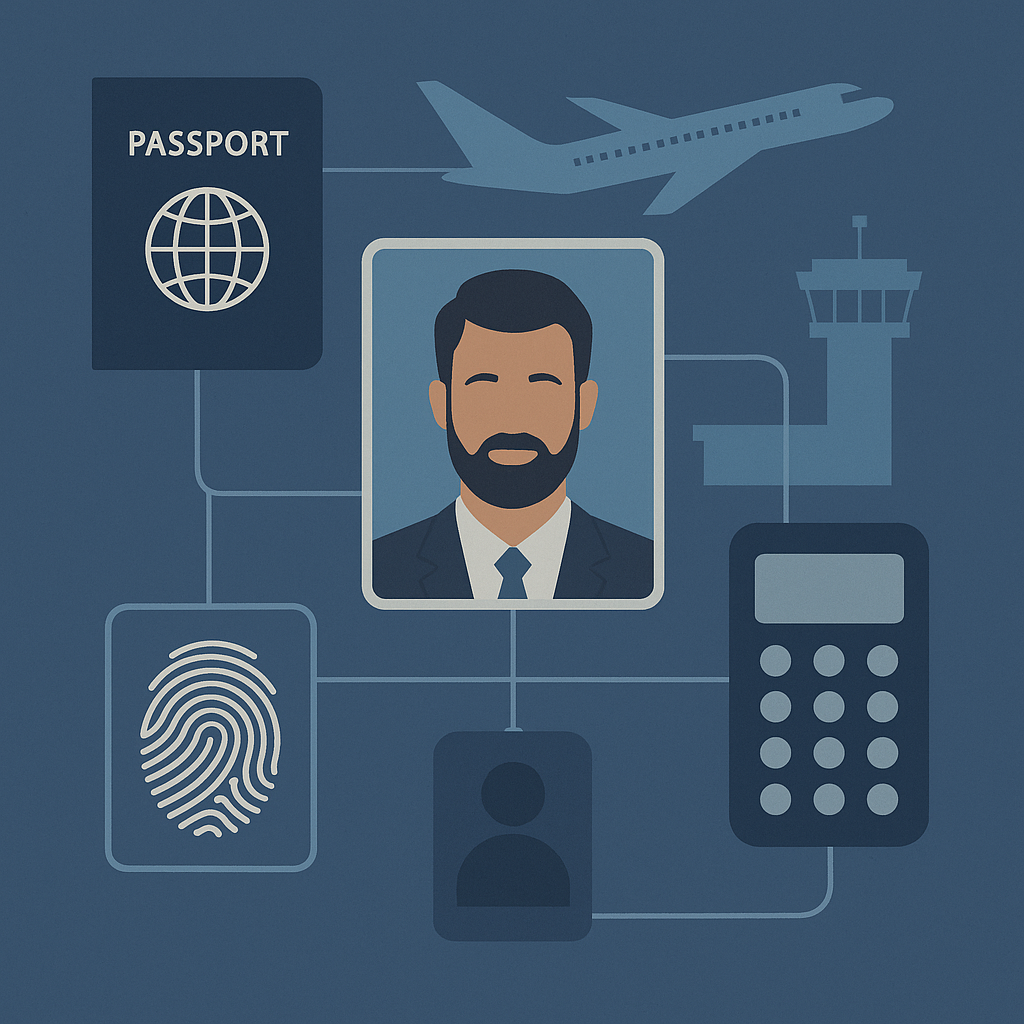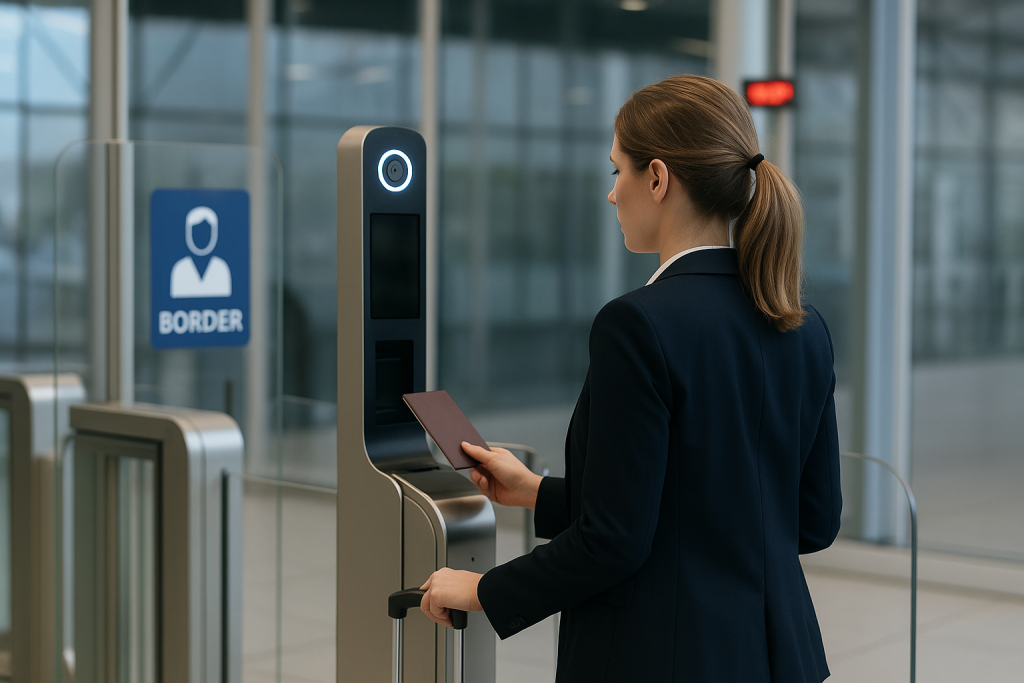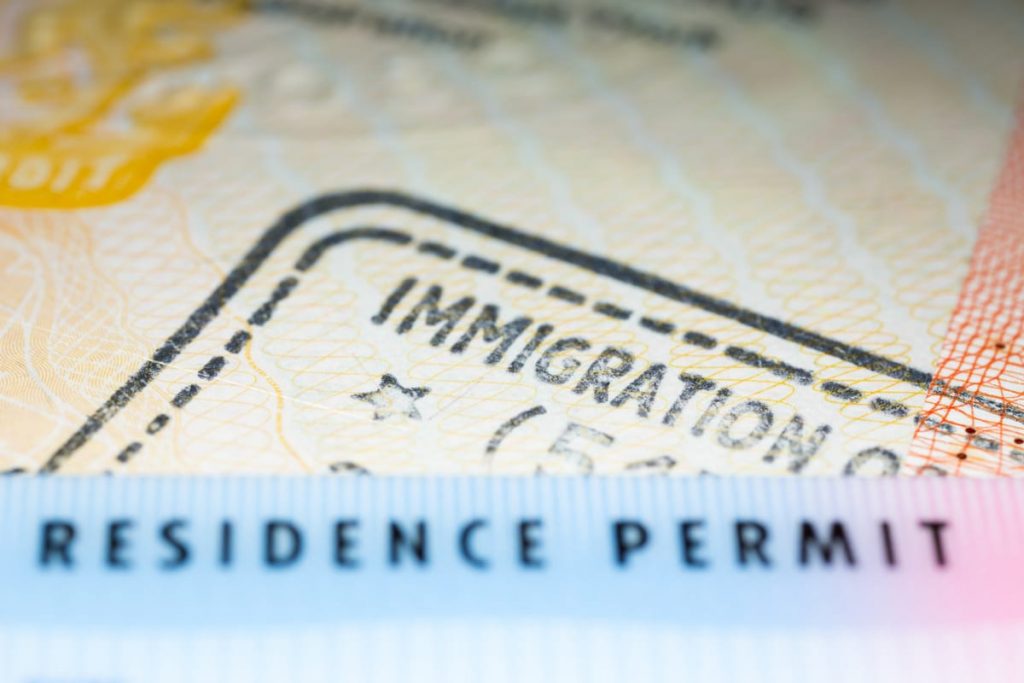Starting 12 October 2025, the European Union will begin rolling out the Entry/Exit System (EES) at external Schengen borders. This new digital register will replace passport stamps with biometric checks and automated day-counting. The rollout will be phased across Member States and border points, with full enforcement planned by April 2026.
For travellers, the change will introduce facial scans and fingerprint capture at the border instead of stamps. For employers, it means that authorities will now be able to see exactly how often employees travel and how long they stay, making compliance easier to verify and harder to overlook.
What is the Entry/Exit System (EES)?
The Entry/Exit System is an EU-wide digital database that records the entry and exit of non-EU nationals into and out of the Schengen Area. It replaces the old practice of stamping passports.
When crossing the border, travellers will:
- Have their facial image captured
- Provide four fingerprints (except children under 12 and certain exempt categories)
- Have their entry and exit dates registered automatically
The system tracks whether travellers comply with the 90-day rule in 180 days for short stays. If no exit is recorded after the allowed stay, the data will remain visible for up to five years. In normal cases, records are stored for three years.
The goal is to make border checks faster, reduce fraud, and give authorities a clear picture of each traveller’s movements.

Who needs to register under the EES?
The EES applies to non-EU nationals entering the Schengen Area for a short stay, whether they need a visa or are visa-exempt. This includes:
- Visa-exempt travellers (for example, US, UK, and Canadian citizens) visiting for up to 90 days
- Holders of short-stay visas issued by Schengen Member States
At each crossing, their biometric and travel data will be recorded.
Who is not affected by the EES?
The following groups do not fall under the EES:
- EU, EEA, and Swiss citizens
- Non-EU nationals with a valid residence permit in a Member State
- Long-stay visa holders (for study, work, or family reunion)
- Certain exempt groups, such as accredited diplomats
If you or your employees already hold residence rights in the EU, the EES will not apply.
What this means for employers
For HR and mobility teams, the EES does not introduce new laws; instead, it changes how existing rules are enforced. Every entry and exit is logged, and authorities can instantly see:
- How often an employee has travelled
- How long they stayed in total
- Whether their visits fit within the 90/180-day rule
This creates new risks for companies that send staff frequently on short business trips. A high number of visits may raise questions about whether the employee is merely attending meetings or performing work that requires a permit.
To stay compliant, employers should:
- Track day counts across all Schengen trips, not per country
- Clarify travel purposes in advance to avoid confusion at the border
- Assess whether work permits are required, especially for staff with recurring assignments
- Prepare staff for questions at border checks so that they can answer confidently
In short, the EES makes mobility planning more transparent and less forgiving of mistakes. Companies that prepare now will avoid delays, refusals, and compliance risks later.

ETIAS: The next step after EES
The EES is only the first part of Europe’s new digital border system. By late 2026, the EU plans to launch the European Travel Information and Authorisation System (ETIAS).
ETIAS will be a mandatory online application for visa-exempt travellers before entering the Schengen Area. Once approved, the authorisation will be electronically linked to the traveller’s passport and checked at the border.
Together, the EES and ETIAS will mean that:
- Every short-stay visit is registered and counted
- Visa-exempt travellers will need pre-travel approval before boarding a flight or crossing a border
- Employers must factor both systems into mobility planning for international staff
This is the final step in the EU’s move to a fully digital border management system.
Strengthen your mobility strategy with EMG
Our experts are ready to help you move your people across borders with confidence, avoiding last-minute problems, and keeping your international teams compliant and supported all the way.
Looking to expand your team in the Netherlands?
Ensure compliance and streamline yourinternational hiring with EMG.


